(ThyBlackMan.com) Dreadlocks, often referred to simply as “dreads” or “locs,” are a distinctive hairstyle that has transcended its cultural origins to become a global symbol of individuality, spirituality, and resistance. For many men, wearing dreadlocks is a powerful statement that reflects their identity, beliefs, and heritage. This article explores the history of dreadlocks, their cultural significance, and the reasons why men choose to wear them.
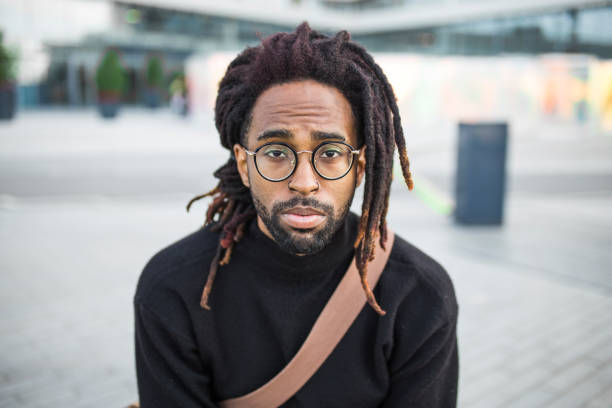
The History of Dreadlocks
Ancient Origins
The history of dreadlocks dates back thousands of years and spans various cultures and civilizations. One of the earliest known depictions of dreadlocks is found in ancient Egypt, where drawings and artifacts show pharaohs and other figures with locked hair. The mummified remains of some ancient Egyptians have even been discovered with their hair still in dreadlocks.
In ancient Greece, the kouros statues, dating back to 615-485 BCE, depict young men with braided and locked hairstyles. This suggests that the practice of wearing dreadlocks was widespread and not confined to one particular region or culture.
In Hindu culture, dreadlocks are known as “jata” and are worn by ascetics and holy men, known as sadhus, who renounce worldly possessions and seek spiritual enlightenment. The god Shiva, one of the principal deities of Hinduism, is often depicted with jata, symbolizing his power and divine nature.
Dreadlocks in Africa
In Africa, dreadlocks have deep cultural and spiritual significance. Various tribes and ethnic groups have worn dreadlocks for centuries. Among the Maasai warriors of Kenya and Tanzania, for example, dreadlocks are a symbol of strength and warrior status. The Maasai often dye their locs with red ochre and clay, adding to their distinctive appearance.
The Himba people of Namibia also wear dreadlocks, which are coated with a mixture of butter, fat, and red ochre. This not only helps to maintain the locs but also serves as a form of protection against the harsh climate. For the Himba, dreadlocks are an important cultural identifier and a symbol of beauty and status.
The Rastafarian Movement and Dreadlocks
Origins of Rastafarianism
One of the most well-known associations with dreadlocks comes from the Rastafarian movement, which emerged in Jamaica in the 1930s. Rastafarianism is a religious and cultural movement that venerates Emperor Haile Selassie I of Ethiopia as the reincarnation of Jesus Christ and the messiah. The movement draws on a blend of Christian, African, and pan-Africanist beliefs.
Spiritual and Cultural Significance
For Rastafarians, dreadlocks are more than just a hairstyle; they are a deeply spiritual symbol. The wearing of dreadlocks is inspired by biblical scriptures, such as the Nazarite vow in the Old Testament, which forbids the cutting of hair (Numbers 6:5). Dreadlocks symbolize the wearer’s covenant with Jah (God) and their commitment to living a natural and righteous life.
Dreadlocks also represent a rejection of Babylon, a term used by Rastafarians to describe the oppressive and corrupt Western society. By wearing dreadlocks, Rastafarians express their resistance to assimilation and their desire to stay true to their African roots and cultural identity.
Bob Marley and Global Influence
The global popularity of dreadlocks owes much to the influence of Bob Marley, the legendary Jamaican musician and devoted Rastafarian. Marley’s music and image brought Rastafarian culture and dreadlocks to international prominence. Through his songs, Marley conveyed messages of peace, resistance, and spiritual awakening, inspiring countless people around the world to adopt dreadlocks as a symbol of their beliefs and identity.
Contemporary Reasons for Wearing Dreadlocks
Cultural Identity and Heritage
For many men, wearing dreadlocks is a way to connect with their cultural heritage and affirm their identity. This is particularly significant for people of African descent, for whom dreadlocks serve as a powerful link to their ancestral roots. By wearing dreadlocks, they honor the traditions and history of their forebears, embracing a hairstyle that has been worn for generations.
Spiritual and Religious Beliefs
Dreadlocks continue to hold spiritual significance for many individuals. Beyond Rastafarianism, other religious and spiritual practices also incorporate dreadlocks. For example, some practitioners of Buddhism, particularly in the Tibetan tradition, wear dreadlocks as a symbol of their renunciation of worldly attachments and their dedication to spiritual pursuits.
In modern spirituality, dreadlocks are often associated with the concept of living a natural and authentic life. For many, the decision to grow dreadlocks is part of a broader commitment to holistic living, which includes a natural diet, organic products, and a sustainable lifestyle.
Personal Expression and Individuality
One of the most compelling reasons men choose to wear dreadlocks is personal expression. Dreadlocks allow individuals to stand out and make a bold statement about who they are. In a society that often values conformity, dreadlocks can be a powerful assertion of individuality and nonconformity.
Artists, musicians, and creatives, in particular, are drawn to dreadlocks for their unique aesthetic and the sense of freedom they represent. The hairstyle becomes an extension of their personality and a way to communicate their artistic vision to the world.
Political and Social Statement
Dreadlocks have also been used as a form of political and social protest. The hairstyle can serve as a visible sign of resistance against societal norms and injustices. During the Civil Rights Movement in the United States, for example, African Americans embraced natural hairstyles, including dreadlocks, as a rejection of Eurocentric beauty standards and an affirmation of black pride.
In contemporary times, dreadlocks continue to be worn by activists and individuals committed to social change. The hairstyle can symbolize solidarity with marginalized communities and a commitment to fighting for equality and justice.
Practicality and Low Maintenance
Despite common misconceptions, dreadlocks can be a practical and low-maintenance hairstyle. Once properly formed and maintained, dreadlocks require less daily upkeep compared to other hairstyles. This practicality appeals to individuals with active lifestyles, including athletes and outdoor enthusiasts, who appreciate the convenience of a hairstyle that doesn’t need constant attention.
Misconceptions and Stereotypes
Hygiene and Cleanliness
One of the most pervasive misconceptions about dreadlocks is that they are dirty or unhygienic. This stereotype is unfounded and often rooted in ignorance. Like any hairstyle, dreadlocks require proper care and maintenance to stay clean and healthy. Regular washing, conditioning, and palm-rolling are essential for maintaining neat and well-formed locs.
Professionalism and Acceptance
Another common stereotype is that dreadlocks are unprofessional or unsuitable for certain environments. This perception has led to instances of discrimination in the workplace and other settings. However, attitudes are changing, and more people are recognizing that dreadlocks, like any other hairstyle, can be worn professionally and stylishly.
High-profile figures, including politicians, business leaders, and athletes, have helped challenge these stereotypes by wearing dreadlocks confidently and professionally. Their visibility has contributed to a broader acceptance of the hairstyle in various contexts.
The Process of Growing and Maintaining Dreadlocks
Starting Dreadlocks
There are several methods for starting dreadlocks, each with its own advantages and challenges. The most common methods include:
- Freeform (Organic) Method: This method involves allowing the hair to naturally lock and form dreadlocks over time with minimal manipulation. This approach is often favored for its natural appearance and low maintenance.
- Twist and Rip Method: In this method, sections of hair are twisted and then ripped apart to encourage the formation of dreadlocks. This technique is often used for medium to long hair.
- Backcombing Method: This involves teasing sections of hair backward with a comb to create knots that eventually form into dreadlocks. This method can be time-consuming but is effective for creating uniform locs.
- Interlocking Method: This technique involves pulling the end of the hair through the root to create a locked pattern. Interlocking is often used for maintaining and tightening existing locs.
Maintenance and Care
Proper maintenance is crucial for healthy and well-formed dreadlocks. Key maintenance practices include:
- Washing: Regular washing is essential to keep dreadlocks clean and free of buildup. Residue-free shampoos are recommended to prevent residue from accumulating in the locs.
- Conditioning: While some avoid conditioner for fear of loosening the locs, using a light, residue-free conditioner can help keep the scalp healthy and prevent dryness.
- Palm-Rolling: Rolling the locs between the palms helps to maintain their shape and encourage tight, well-formed locs.
- Retwisting or Interlocking: Depending on the method used to start the dreadlocks, periodic retwisting or interlocking may be necessary to maintain the roots and prevent matting.
Cultural Appropriation and Respect
Understanding Cultural Appropriation
The popularity of dreadlocks has also sparked conversations about cultural appropriation. Cultural appropriation occurs when individuals from a dominant culture adopt elements of a marginalized culture without understanding or respecting their significance. In the context of dreadlocks, this often involves non-black individuals wearing the hairstyle without acknowledging its cultural and historical roots.
Promoting Respect and Understanding
To wear dreadlocks respectfully, it is essential to understand and appreciate their cultural significance. This includes recognizing the history of dreadlocks and the struggles faced by those who have worn the hairstyle as a symbol of their identity. Engaging in conversations, learning from those within the culture, and showing respect for its traditions are important steps in promoting cultural sensitivity.
Conclusion
Dreadlocks are a hairstyle rich in history, cultural significance, and personal meaning. For many men, wearing dreadlocks is a powerful expression of identity, spirituality, and resistance. From their ancient origins to their association with the Rastafarian movement and contemporary expressions of individuality, dreadlocks continue to be a symbol of strength and pride.
As society evolves and attitudes towards hairstyles become more inclusive, it is important to celebrate the diversity and cultural heritage that dreadlocks represent. By understanding the reasons why men choose to wear dreadlocks and respecting their cultural significance, we can foster a greater appreciation for this distinctive and meaningful hairstyle.
Staff Writer; Gary Brown













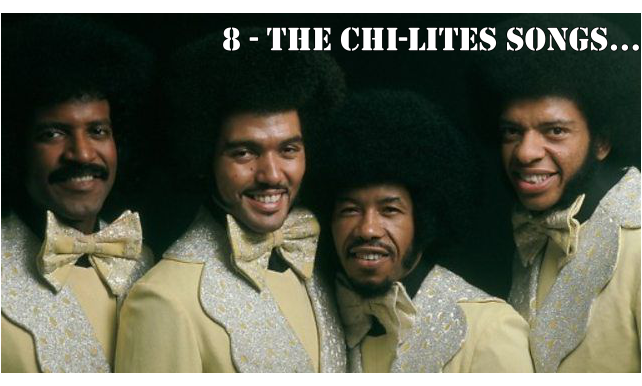
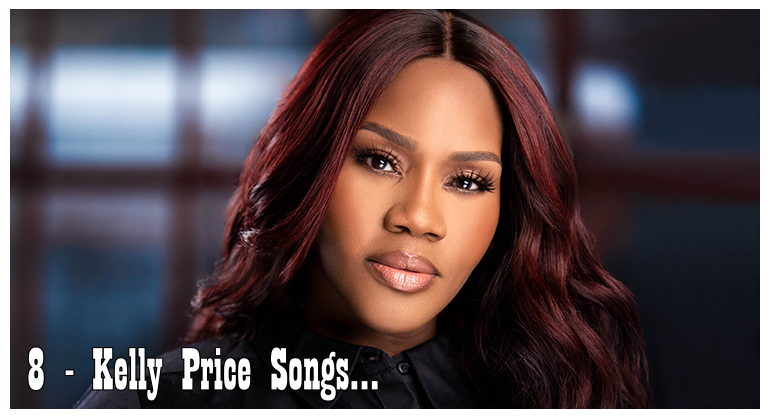
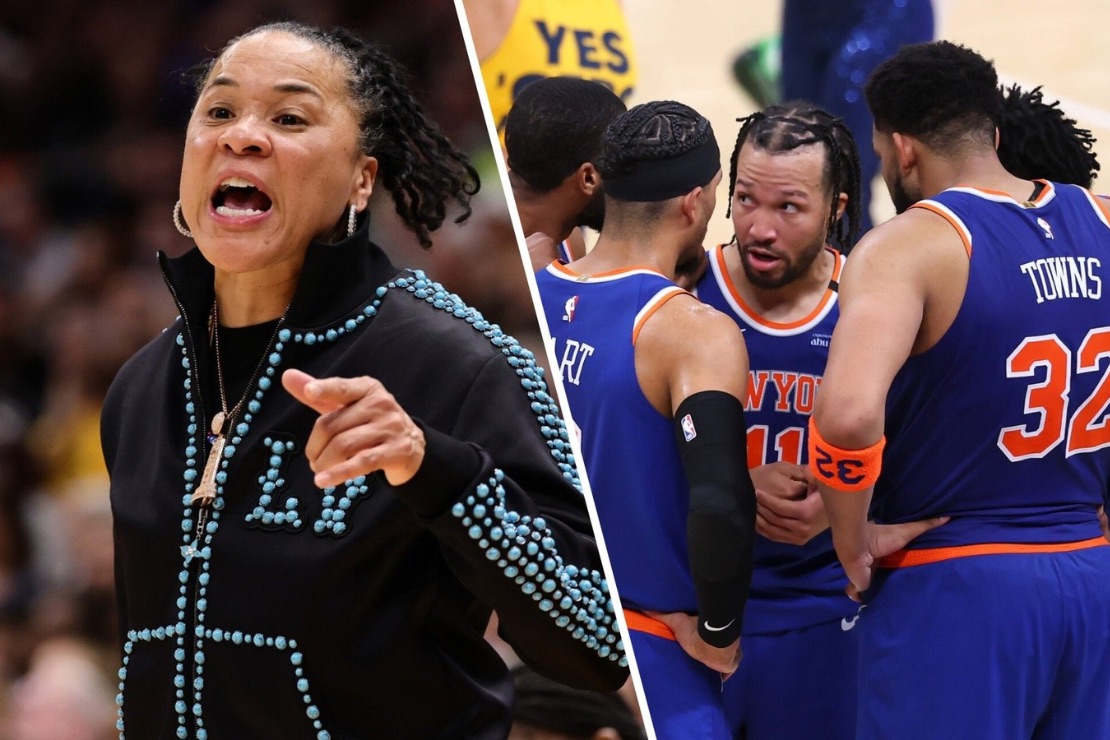
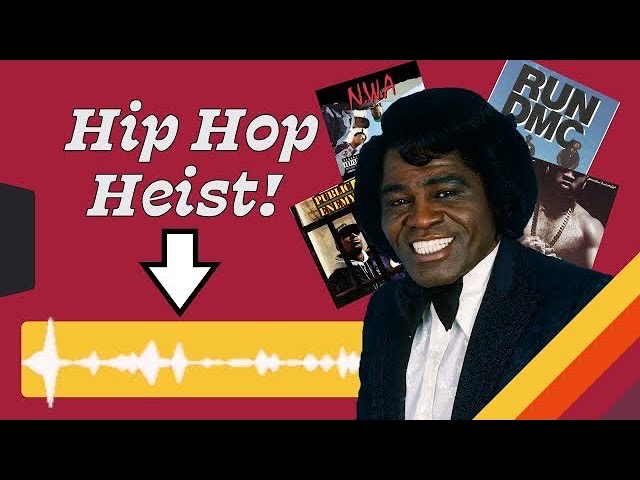
Leave a Reply